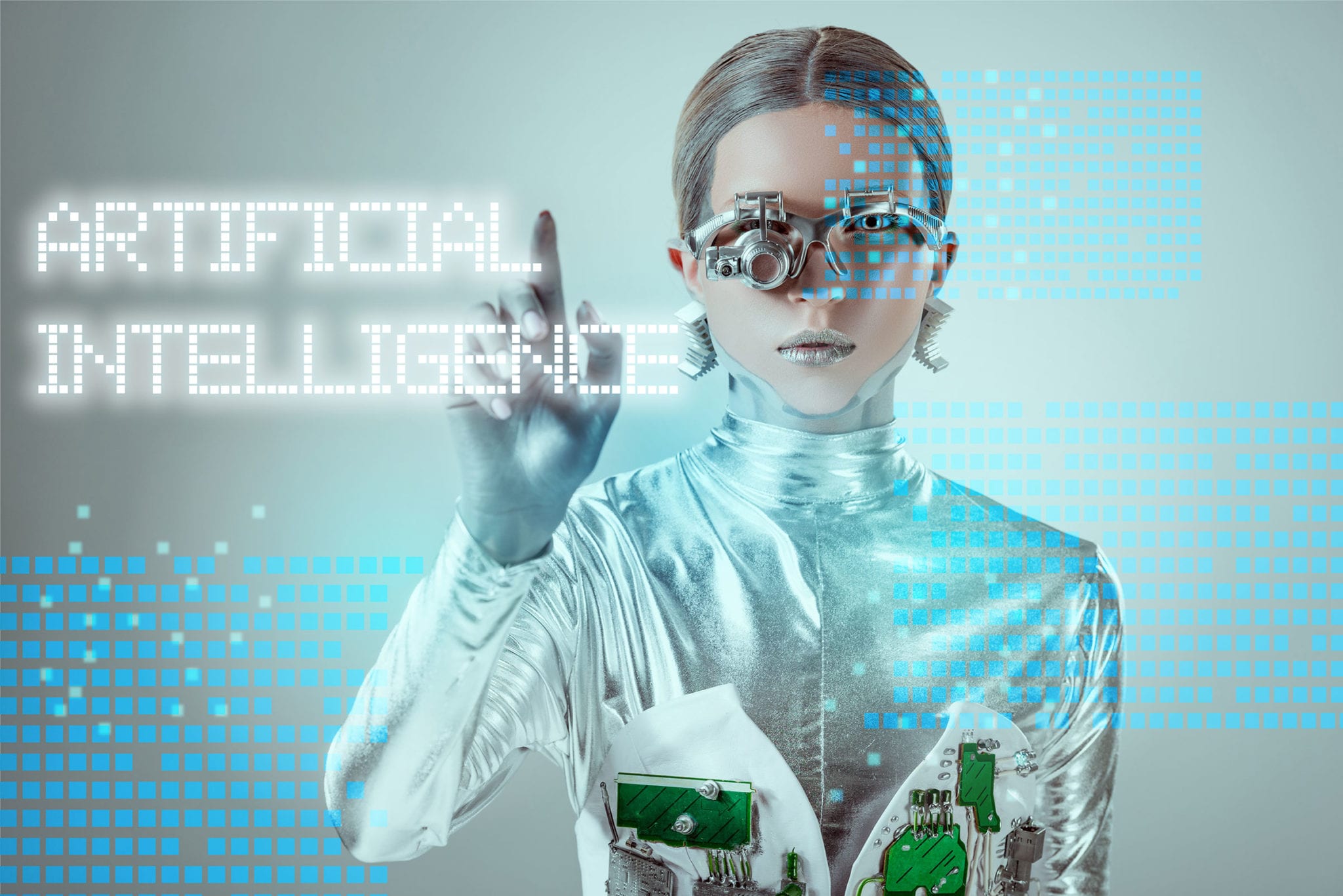Excellent logistics operations include optimization, standards and efficiency, all in a highly dynamic setting, since weather conditions, roads and other variables are continually changing. These attributes make logistics a fertile ground for AI applications.
Forbes Insights states that as many as 65% of senior executives from supply chain and transportation companies believe that this is a great time to adopt AI technologies. They are right since the cost of the technology and the maturity of the applications are now in an excellent balance on an upward trend.
The high volume of data like AWBs, not to mention the input from IoT, can all be used as training material. Additionally, the fact that logistics companies are built on top of hardware and digital networks makes the industry a great candidate for planning, predictive analysis, forecasting, and automation.
As the world evolves, AI will become the industry standard for logistics because it offers a way to cut costs, reduce or even eliminate errors, and maximize productivity.
Mimicking the Good Parts of Being Human
Artificial intelligence allows computers to replicate human actions, reasoning, and movements. They do so in a conscious manner, by understanding the surroundings and the relations between objects. On the other hand, when it comes to AI for logistics, humans can be the weak link. They can have accidents when moving freight, can misplace items, or make errors during loading. When they are tired or irritated, they can take less than optimal decisions. For each of these problems, there is an AI-based solution.
Predictive Analysis
What if you could plan your shipments, know when it is the moment to reroute or determine if a vehicle is about to have a mechanical issue? With the help of AI, this becomes a reality.
One of the biggest problems in logistics is equipment maintenance, scheduling it for minimal downtime, and well-timed replacement of parts to minimize losses and prevent accidents. Before AI, this was a problem for Six Sigma maintenance, but now it can be automated by using sensors and machine learning. The advantage is that AI systems can look into all possible combinations leading to system failures and produce a maintenance calendar that takes into consideration all factors.
A study by McKinsey mentions that predictive maintenance will lead to savings of over $600 billion in the next five years, which means more funds available for growth and R&D.
Real-time Decisions
Tasks in logistics have a high degree of complexity but are mostly repetitive. Therefore, these can be transformed into algorithms. For example, finding the optimal route or the best combination of carriers requires gathering data and analyzing the current options in terms of both costs and time. Although workers can perform these tasks manually and it usually takes a couple of minutes, an AI system can perform dynamic reconfiguration of shipping, much like the GPS does when you take a wrong turn.
For example, an important decision in logistics is the load cost. The variables involved in this calculation are not only distance and vehicle weight. Things like the season, the departure time, weather conditions and road events—all can have a significant impact on the final cost. AI can use predictive analysis to create a good estimation, which helps the transportation company to manage its costs and optimize margins.
Another critical decision is the route to take, a sector where UPS has optimized its algorithms to save up to 10 million gallons of fuel per year. Allegedly, they manage to do this by eliminating left-hand turns and other similar small changes that add up but are not intuitive.
Fully-automated Warehousing with Robotics
Right now, most warehouses are automated to some degree, either when it comes to tracking orders, moving items or computing loads. In the future, we can expect that machines will replace all warehouse-floor workers, and the role of humans will be just under supervision.
Computer vision is one of the ways AI can help optimize warehousing solutions. Amazon is already using computer vision to unload goods in less than half an hour, which took up to a few hours before. Through CCTV, a computer can also identify and remove damaged goods before they are packaged and delivered to customers, thus reducing the number of returned items.
Another amazing and fully automated system belongs to Ocado, where 400 robots were able to fulfill over 65,000 grocery orders per week. However, a recent fire outbreak at the facility had people questioning how safe the technology is.
Meanwhile, Boston Dynamics have created a humanoid robot that can operate on any type of terrain, both indoors and outdoors. It can lift and manipulate packages just like a human, and its built-in sensors and camera make it as agile as any other worker.
Self-driving Trucks?
Last but not least, whenever logistics and AI are mentioned in the same phrase, self-driving vehicles come up too. There are some important advancements both for small driverless cars and large commercial fleets. All major automotive companies including Tesla, Daimler, and Volkswagen are working on a fully autonomous solution, but for now, the self-driving truck is still just a thing you can only see in a sci-fi movie. When these will hit the mass market, they will most likely save considerable amounts of fuel and improve road safety.
These are just a few of the possible use cases of AI in logistics, and we are now at a turning point when there is a gentle power shift between rule-based processes and learning systems that can simulate human thinking and take decisions on the spot.


